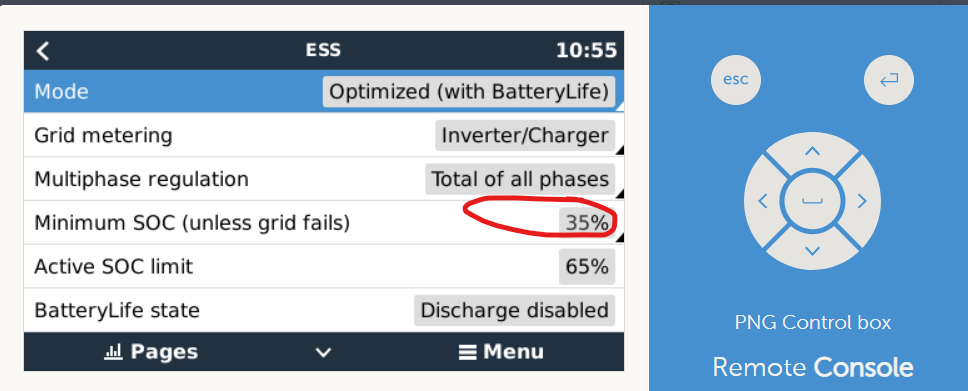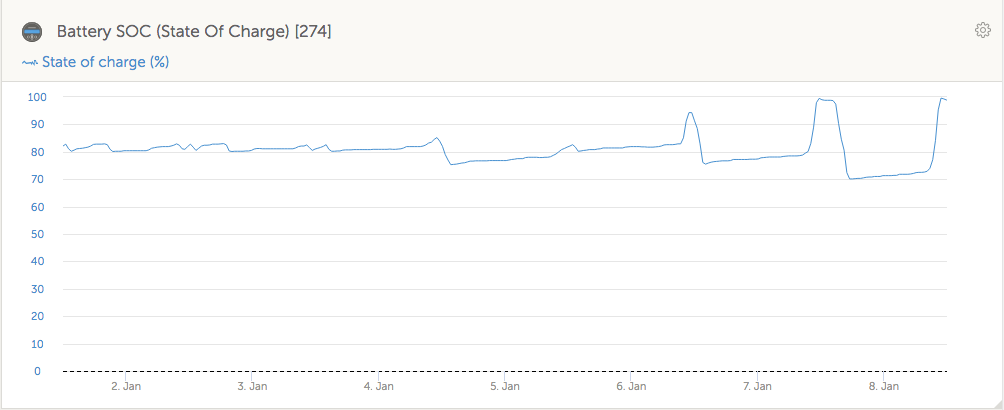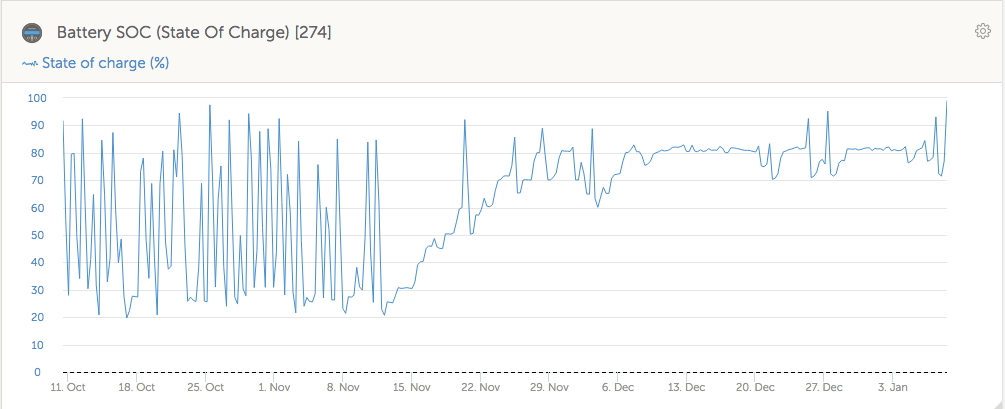Hi,
I have a Multiplus II with Pylontech batteries (1 x US2000 and 1 x US3000) and MPPT with solar
I am struggling to find out which mode should be used. It is currently configured with BatteryLife but I have seen some users saying it should be configured without BatteryLife?
Can anyone confirm which option should be used?



